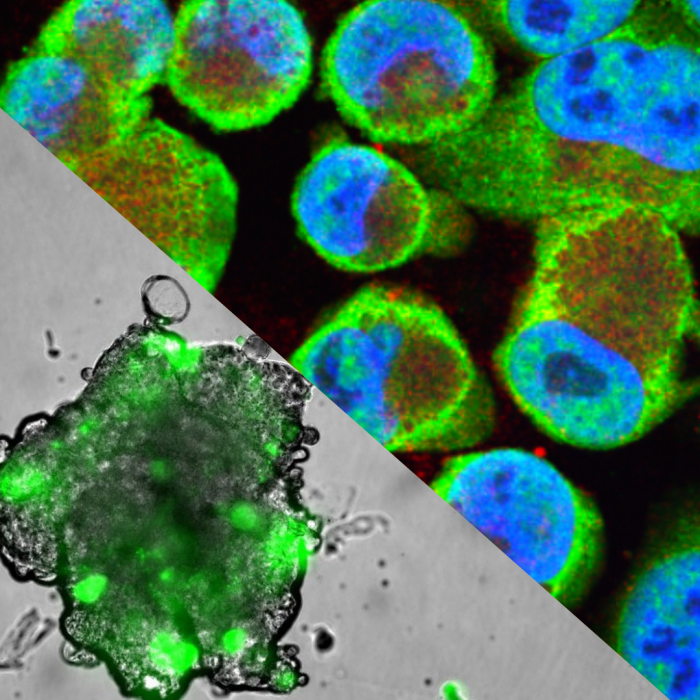Tumour Microenvironment Lab

A major barrier to improving the dismal survival rates of patients with advanced cancers is the resistance to chemotherapy that develops in the tumours over time.
This chemoresistance is driven by the tumour microenvironment or stroma, which is rewired to survive and thrive under nutrient- and oxygen-poor environments. However, this area is too often underrepresented in cancer research.
To address this gap, our work in the Tumour Microenvironment Lab aims to advance our understanding of cancer stroma and how it responds to metabolic cues from cancer cells. In particular, we're exploring the signaling cross-talk between cancer and stromal cells that promote tumour growth, survival and immunosuppression. In doing so, we aim to uncover novel vulnerabilities in the tumour microenvironment to rapidly develop new therapeutic strategies for patients.
Our work has largely focused on pancreatic cancer, one of the most aggressive cancers with 5-year survival rates of only 10%. We are also investigating the tumour microenvironment of other cancers including breast, prostate and neuroblastoma.
Get in touch with us
Located at Wallace Wurth, we pride ourselves on our unique approach to cancer research, using cutting edge techniques and developing close networks within and beyond our lab group.
Together, our work can foster hope for more effective therapeutic interventions in the fight against some of the most aggressive cancers.
Our work
Using co-culture spheroid models of pancreatic cancer cells and fibroblasts to screen for drugs that can inhibit metabolic cross-talk and overcome resistance to current therapies.
In situ multiplex imaging of pancreatic cancer tissue to reveal metabolic cross-talk between cancer cells and stroma.
Examining intraluminal vesicles in pancreatic cancer cells and how they give rise to exosomes.
Investigating macrophage polarization and infiltration into pancreatic cancer spheroids.
